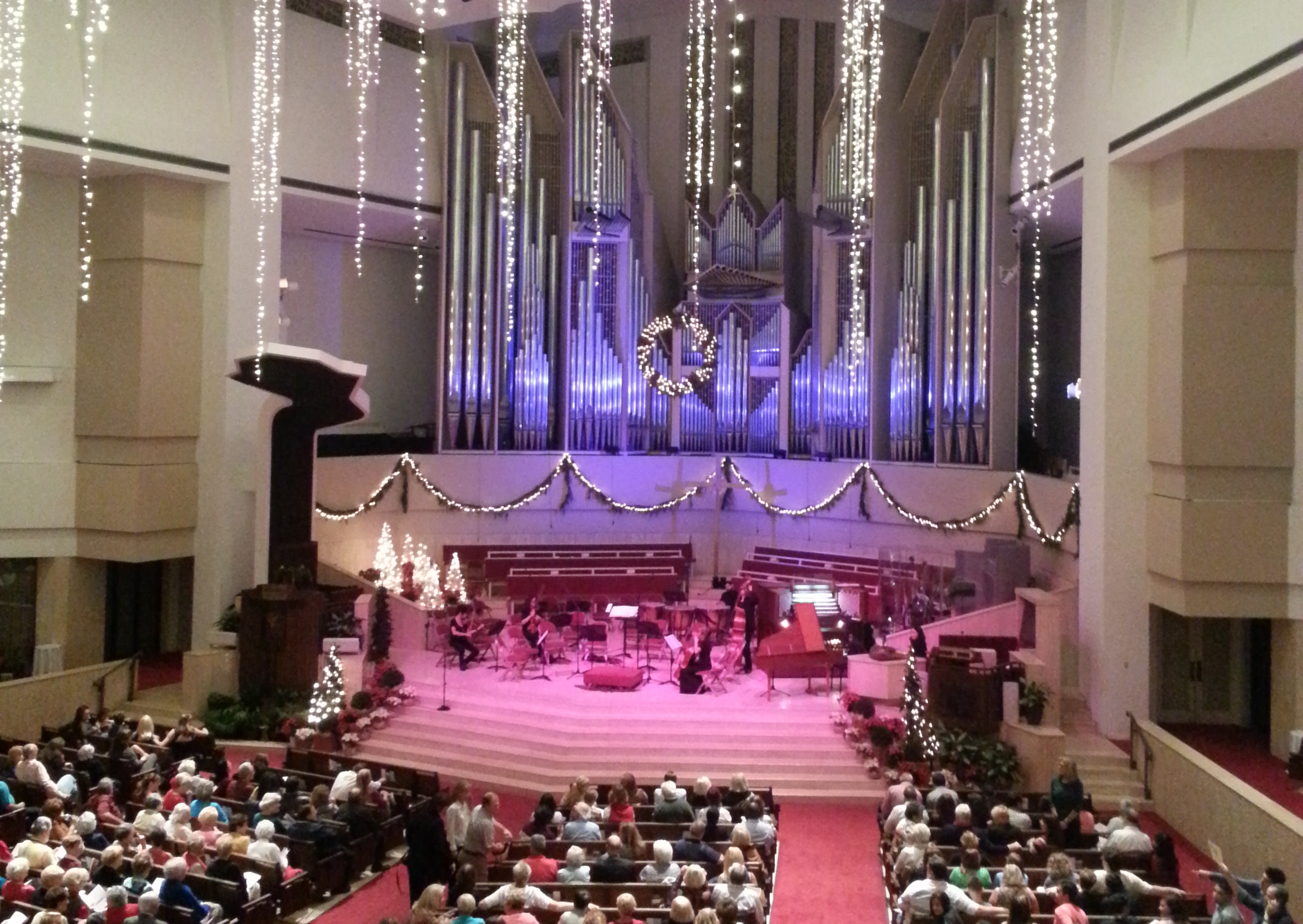I have a theory…or a hunch…or at least a vision of a possible future. I don’t know whether it will come to fruition, but I hope and dream that it is so. I believe several things in church music are converging in a timely manner that will help see the organ into the future of church music. But before I talk about that, I want to offer my vantage point of where we are.
The Organ is Doing Fine vs. What’s An Organ?
Many can attest that the organ is alive and well and doing just fine. TheAmerican Guild of Organists is 300+ chapters strong, representing the full breadth of the United States along with a few places abroad. Young organists (like Chelsea) are still rising up in the ranks of fine musical institutions and are able to find jobs in various churches across the world. Organ builders still have new, exciting work. The organ has weathered over half a millennium of musical evolution, adapting to musical twists and turns. Modern organ giant, Marcel Dupré (1886-1971), is one fine example of such adaptation. Dupré was accomplished and fully-studied in the organ’s past, having performed the complete works of Bach from memory, yet when you hear some of his glorious music (like his “The World Awaiting a Savior” from his Symphonie Passion [below], which was performed at our Christmas Eve services) it sounds nothing like Bach–a testament to adaptation and progression.
But then in church music there exists a “wholly other” dimension, which now knows nothing of the organ. Contemporary/modern worship has run its course, and, especially in evangelical circles, it is increasingly common that no one has even heard a pipe organ played, much less played well, much less played well as an accompanying instrument in worship. This generation is not hostile to the organ. It is indifferent, because it doesn’t know it. Such people might have some vague, third-party understanding that the organ is something old, stuffy, and for church music’s yesteryear, but that’s about it.
When Church Planting and the Dying Mainline Collide
So now to my theory (and obviously this is pertinent to Protestant Christianity). Two currents are coalescing. The first is that mainline Protestantism is continuing to decline, with its membership literally dying without sizeable replacement from the generations beneath them. The second is that we are continuing to witness a crescendo of young church plants centered around the major urban areas of the United States. The mainline churches are often the gatekeepers of their large, historic church buildings…many of which have pipe organs. In their decline, these churches are looking to the future of their space and making decisions about how and where it goes. Certainly, some of those churches have plans to see it into the future within their own fold. Others, though, not wanting their building to be razed and replaced by a shopping mall, are thinking more kingdom-oriented thoughts as they look around in their city and observe the emerging church plants. In short, there’s at least one possible future here where in the next 20 years we’ll see church plants come of age and inhabit historic urban church buildings.Rock Bands…”What Does This Thing Do?”
These church plants are likely to be, when it comes to church music, pretty neutral to pipe organs. If anything, they’re intrigued by the “ancient, rooted, historic” feel of both the organ’s look and sound. You hear it, for instance, in how Mars Hill’s Ghost Ship incorporated cathedral organ sounds into their latest album, The Good King, on tracks like “Holy Holy Holy” and “Where Were You.” Something in them stirs when they hear it cranked up for the first time, overwhelming the loudest tube amps and drum kits with its colorful, symphonic grandeur. These bands are already made up of “artsy” thinkers, poised for musical eclecticism, who, if anything, will view it as a challenge to figure out how to get their keyboardist on the console during worship so they can meld organ with band. And the organ (and organists) will adapt.
Of course, this will go on in parallel existence with the established organ world that desires to preserve its literature and maintain its roots while seeking its own form of adaptation. Nevertheless, I wonder whether the fusion of new churches in old buildings will not be the greenhouse out of which the most fruitful future of the organ will eventually grow.
My hope is that, if this is the case, Coral Ridge can be uniquely poised to serve the broader church in this arena. We’ve been experimenting and thinking through what such fusion looks like (check out the first track on our upcoming EP, His Be the Victor’s Name as a foretaste), and God is developing the team here to journey well on this course.

